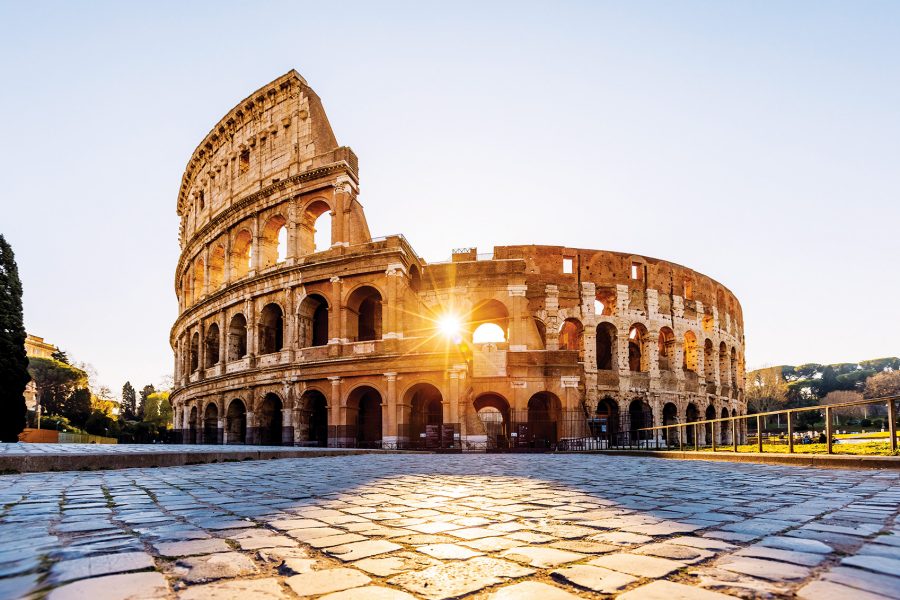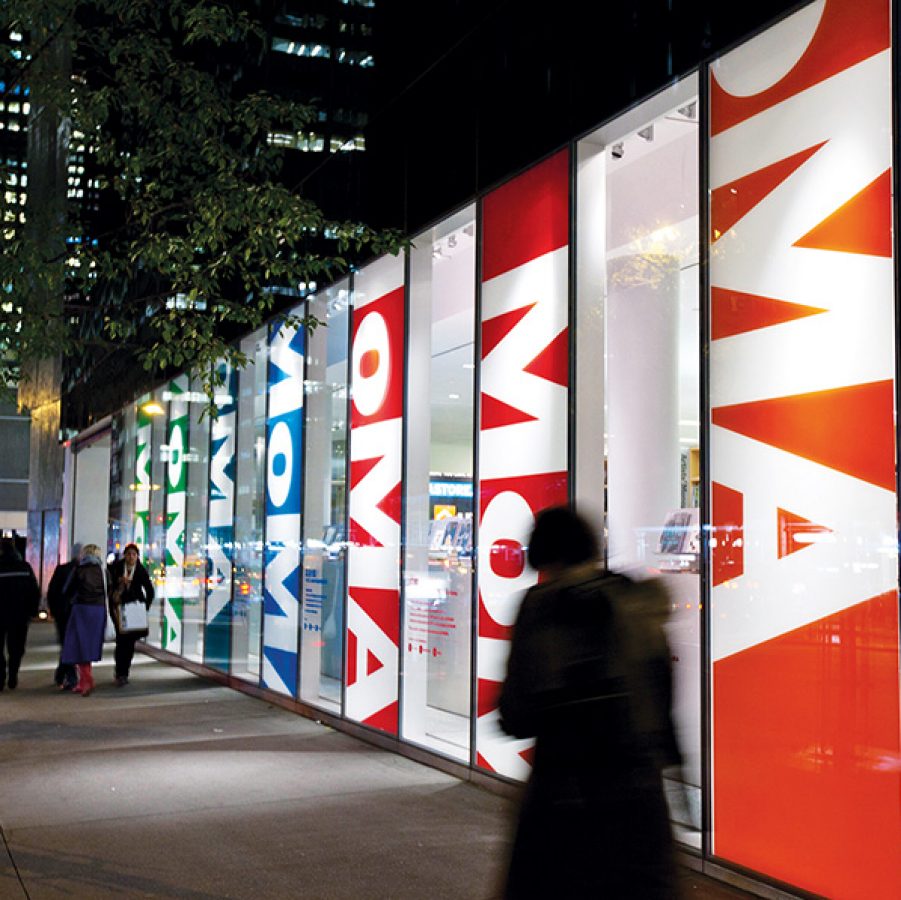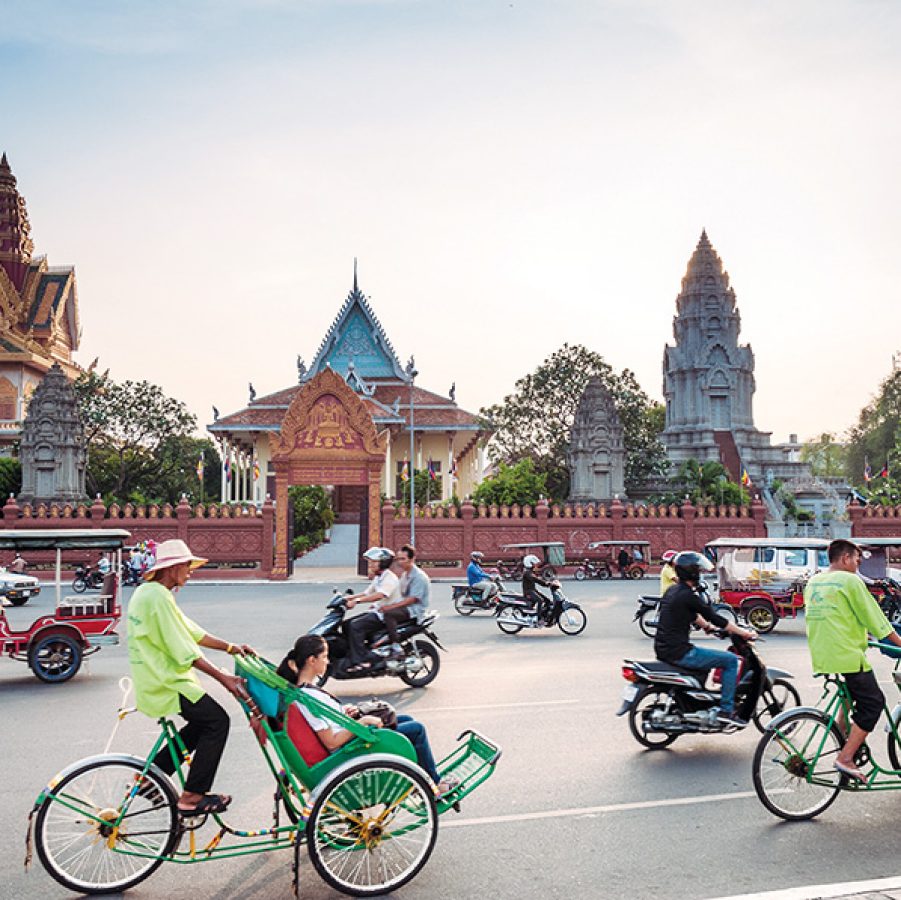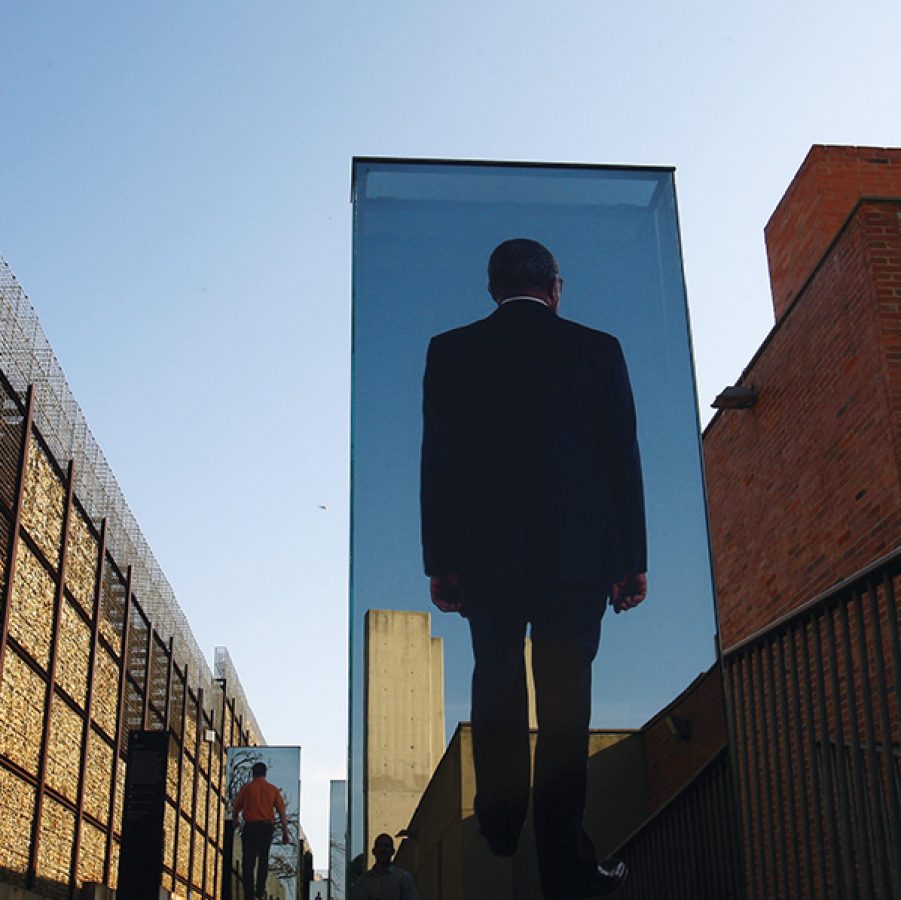Your guide to shoulder season travel

Picture your dream holiday, and chances are that struggling to secure a hotel room and jostling with crowds aren’t part of that vision. But there’s a way to travel affordably – without sacrificing the best of a popular destination.
The answer is called shoulder season. A travel period between peak season and offseason, this approach to travelling focuses on choosing specific times to travel that allow you to save time and money spent queuing, thanks to cheaper airfares and hotels. Travelling during shoulder season means aiming for spring or autumn, between dry and rainy periods and during term time.
Hong Kong-based med-tech developer Martin Musiol likens it to the tale of Goldilocks: not too hot or cold. “The biggest selling points are lower airfares and, on average, better weather,” he says.
An uptick in flexible working means travellers are freer to fly year-round. “We can take advantage of cheaper travel, but also have the flexibility of working,” says American traveller Jon Wong, whose savings on his recent off-peak season travel to Singapore allowed him to add on a stop-off in Hong Kong. But shoulder season still compels the desk-bound: as Musiol adds, “You’re not fighting with colleagues to get primo dates approved.”
Planning and common sense are essential. Don’t expect all-day tanning in Thailand when it storms once a day. Meanwhile, some tourist sites take advantage of fewer visitors to shutter for renovations. “Nothing is worse than arriving full of excitement, only to find out your dream museum is closed,” says Musiol.
After all, no one likes to be given the cold shoulder.
Where to go next during shoulder season
February: Italy
Play out your own Italian fantasy in the springtime, before cruise ships dock and school holiday crowds fill every cobbled inch of history-packed cities like Rome. With fresh blue skies, short-to-no queues for famous attractions like the Colosseum, and more chances of getting a seat at hot tables like La Pergola, it’s the ideal first getaway of the year.

Credit: Getty Images
March: East Coast, The United States
The weather during March in New York City is some of the city’s best, and visiting here outside Christmas, Easter and summer yields cheaper tickets to big shows on Broadway and more space and time for must-sees like the Museum of Modern Art. You’ll be in a light jacket but will still be able to enjoy the city’s rooftop bars, parks and al fresco dining spots.

Credit: Getty Images
April: Cambodia
Shoulder season in Cambodia falls in April when it’s hot and dry but quieter than peak summer months or winter months. Explore the incredible ancient city of Angkor Wat at a time of fewer tourists, or visit markets, admire temples and take in museums in Phnom Penh. Although Khmer New Year in mid-April sees cities quieten and some attractions close, this can be a great time of year to escape the rising heat by hitting the beach and island-hopping from coastal locales like Sihanoukville.

May: Victoria, Australia
Cooler days filled with sunshine make exploring the great Australian outdoors a breeze, and Melbourne’s proximity to Victoria’s wild forests and surfing capital of Torquay brings the best of both worlds. Crack open a bottle of wine at one of Mornington Peninsula’s many vineyards; hike the Yarra Trail, a verdant ribbon alongside the Yarra River; and learn about the history of Victoria’s First Nations community at Koorie Heritage Trust.

Credit: Getty Images
September: South Africa
South Africa’s winter draws to a close in September, bringing cool dry breezes and curious wildlife to the fore. Nature’s bounty is on your doorstep in Johannesburg, which offers easy accessibility to some of the country’s best safari lodges and game reserves. After you’ve checked out the Big Five at Kruger National Park, learn about the nation’s complicated history at the Apartheid Museum and Constitution Hill, then explore the buzzy Maboneng district, teeming with creativity and hip cafés.

Credit: Getty Images
October: Thailand
If you don’t mind humidity and tempered sunshine, book your trip to Bangkok towards the end of the month during fall shoulder season and fewer crowds should make up for the occasional burst of rain. Snap the ultimate shot at The Grand Palace without tourists barrelling through your pictures, then snag a fantastic deal on a floating market tour, walk right up to buzzy street food stalls, and (no promises) try to nab a table at Niras, this year named Asia’s Best Restaurant.

Credit: Getty Images
November: Bali, Indonesia
It’s the beginning of wet season in Bali, where the vibrancy of this nature-oriented island is restored by monsoon rains, which cool everything down after a long hot summer. Visiting in November means the island’s notorious traffic will be more manageable. You’ll enjoy practising yoga while hearing the rain begin to patter on the roof and exploring sites like the Ubud Monkey Forest at your own leisure.
Top tips for booking trips during shoulder season
Shoulder season differs from one place to the next. As well as confirming that your bucket list attractions are open, check whether your off-peak travel will clash with natural events, like hurricane season in the US and Caribbean.
Check flights
Some routes are seasonal and won’t be guaranteed throughout the year. Confirm you can actually get to your destination before you start starring restaurants.
Avoid overlap
Travelling during low season and returning home during high hampers savings: make sure your entire trip falls within that coveted shoulder.
Max your miles
If you’re looking to redeem your hard-earned Asia Miles for flights, travelling outside the busiest periods can also mean greater availability and choice of redemption seats.
More inspiration
- China – the Chinese Mainland, Hong Kong SAR, Macao SAR and Taiwan Region
- Hong Kong SAR - English
- Chinese Mainland (China) - English
- Taiwan, China - English
- 香港特別行政區 - 繁體中文
- 中国內地 - 简体中文
- 中國台灣 - 繁體中文
- Africa
- South Africa - English
- Asia
- Bangladesh - English
- Korea - English
- Singapore - English
- Cambodia - English
- 한국 - 한국어
- Sri Lanka - English
- India - English
- Malaysia - English
- Thailand - English
- Indonesia - English
- Maldives - English
- ประเทศไทย - ภาษาไทย
- Indonesia - Bahasa Indonesia
- Myanmar - English
- Vietnam - English
- Japan - English
- Nepal - English
- Việt Nam - tiếng Việt
- 日本 - 日本語
- Philippines - English
- Australasia
- Australia - English
- New Zealand - English












